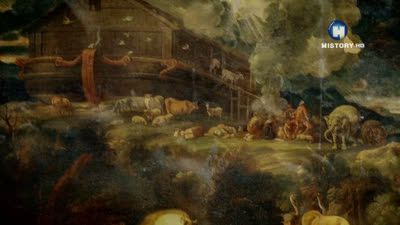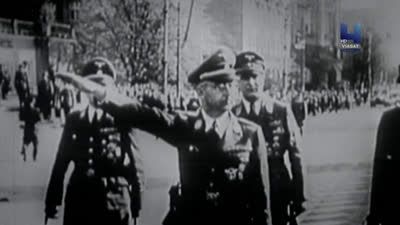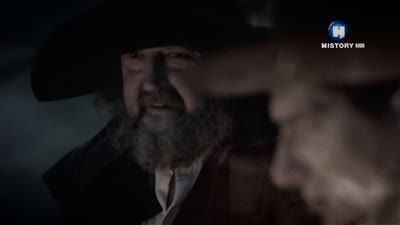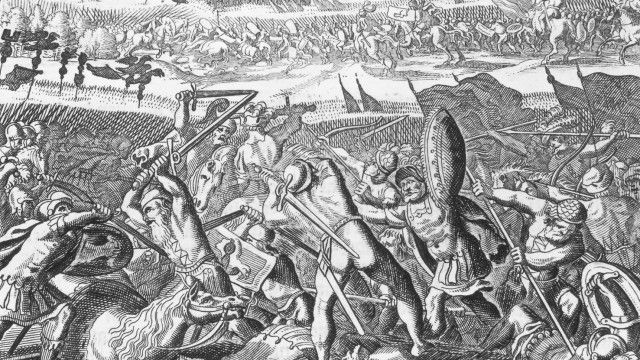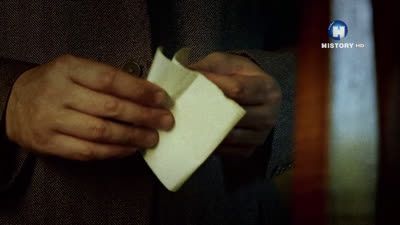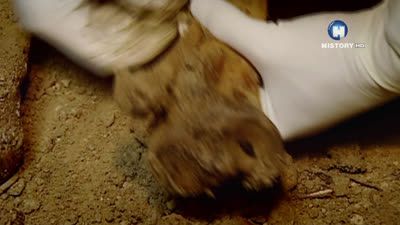The WORST episodes of Myth Hunters
Every episode of Myth Hunters ever, ranked from worst to best by thousands of votes from fans of the show. The worst episodes of Myth Hunters!
Myth Hunters reveals true stories of quests seeking legendary objects – hordes of lost Spanish gold, the Temple of Solomon, the body of King Arthur, the relics of Joan of Arc; objects that offer their finder either unlimited power or wealth - or both. For most of us, these are the stuff of fantasy and movies as seen in Indiana Jones or The Mummy; but these are the real stories of real adventurers who thought these myths were true.
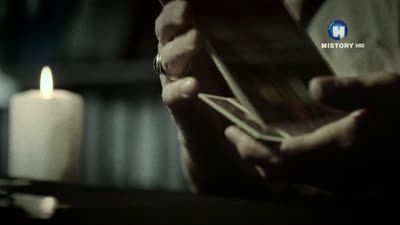
#1 - The Hunt for the Book of Spells
Season 1 - Episode 8 - Aired 1/4/2013
The Book of Thoth was said to have been penned by the Egyptian god himself. Is there any truth behind the legend? We investigate the myth.

#2 - The Search for Machu Picchu
Season 3 - Episode 11 - Aired 3/13/2015
The extraordinary story of Hiram Bingham's amazing discovery of one of the great wonders of the modern world, Machu Picchu.
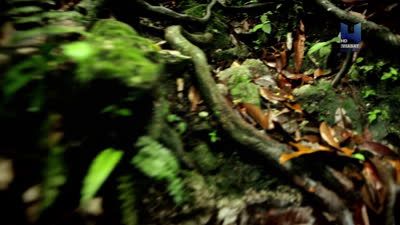
#3 - Yamashita's Gold
Season 3 - Episode 9 - Aired 2/27/2015
An amateur Filipino treasure hunter seeks gold stolen and hidden by the Japanese during World War II.
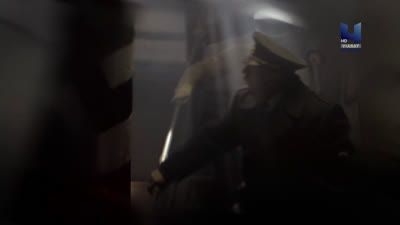
#4 - The Search for Nazi Gold
Season 3 - Episode 3 - Aired 1/16/2015
A German journalist and a former Marine believe the Nazis may have hidden stolen gold in Austria's Lake Topiltz.
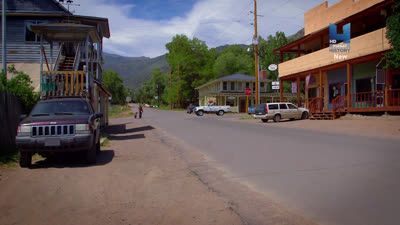
#5 - The Curse of Treasure Mountain
Season 3 - Episode 10 - Aired 3/6/2015
A map drawn by the only survivor of a doomed French expedition into the Rocky Mountains is believed to provide a clue to the location of a fortune in gold bullion.
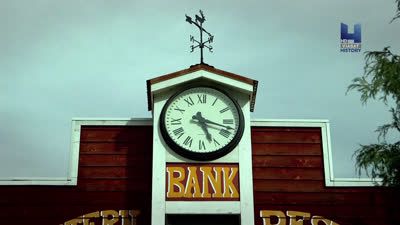
#6 - The Mystery of the Spider Rocks
Season 3 - Episode 13 - Aired 3/27/2015
At the turn of the 20th century, Dave Arnold, guided only by a cryptic old map, searches for buried treasure in Texas.
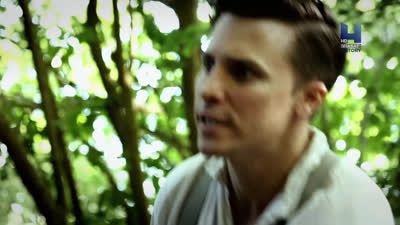
#7 - The Mystery of Thomas Beale's Treasure
Season 3 - Episode 2 - Aired 1/9/2015
Three ciphertexts originating from an 1885 pamphlet detailing treasure being buried by a man named Thomas J. Beale in a secret location in Bedford County, Virginia, in the 1820s.

#8 - The Secret Within the Dead Sea Scroll
Season 2 - Episode 12 - Aired 2/14/2014
Hear how the discovery of the Copper Scroll in 1952 led archaeologist John M Allegro on a hunt for silver and gold across 64 locations.
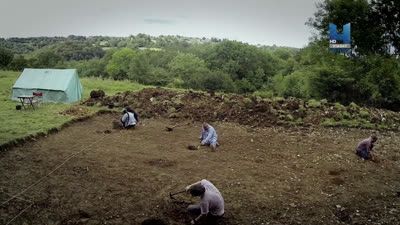
#9 - The Quest for Camelot
Season 3 - Episode 8 - Aired 2/20/2015
According to legend, he was Britain's greatest king. His name was King Arthur. In the 1960's a team of archaeologists, led by the outstanding excavator of his day, Leslie Alcock, set out to prove the myth was real.
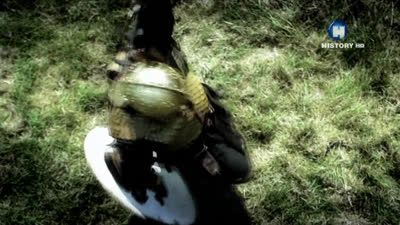
#10 - The Search for King Arthur's Bones
Season 2 - Episode 5 - Aired 12/20/2013
Excavations under historic Glastonbury Abbey unearth a huge pit. Was this gigantic man's grave the final resting place of the fabled King Arthur?

#11 - The Lost Jewels of Helen of Troy
Season 2 - Episode 11 - Aired 2/11/2014
Heinrich Schliemann claimed to have unearthed King Priam's treasure during his search for Troy in the 1870s. Hear the story of his intrepid quest.

#12 - The Hunt for the Garden of Eden
Season 2 - Episode 6 - Aired 1/3/2014
Join maverick professor Juris Zarins on a quest of biblical size: to prove that the fabled Garden of Eden was a Sumerian paradise called Dilmun.
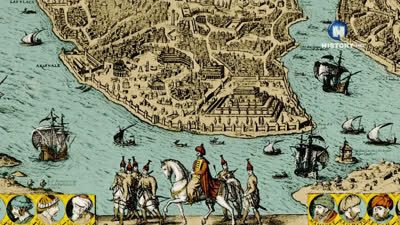
#13 - The Lost Library of Ivan the Terrible
Season 2 - Episode 7 - Aired 1/10/2014
Russian archaeologist Ignatius Stelletskii devoted his entire life to locating Ivan the Terrible's library. But did it even exist? Find out.

#14 - The Quest for the Minotaur's Labyrinth
Season 2 - Episode 10 - Aired 1/30/2014
Archaeologists attempt to pinpoint the location of the Labyrinth, a maze-like structure said to have held the fearsome Minotaur in Greek mythology.
